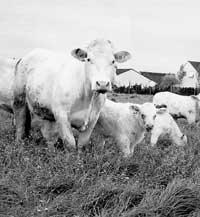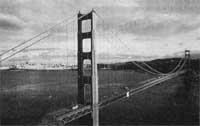Mysteries of the infectious agent of mad cows
1997/05/01 Elhuyar Zientzia Iturria: Elhuyar aldizkaria
Since 1982, scientist Stanley Prusiner, from the California University of San Francisco, has increasingly worked on his theory. According to this theory, infective agents of sponge-type transmissible encephalopathies (ESB of mad cows, Creutzfeldt-Jakob disease, etc.) They are neither virus nor contain nucleic acid. Apparently, the abnormal form of the cell protein (PrPsc or PrPres) is formed by the abnormal form.

For Corine Lasmézas and Jean-Philippe Deslys, the theory is not correct. In addition to what is called PrPres, there must be another infectious agent that can be a nucleic acid. In fact, mice have been injected with brain pieces of cows with ESB and all have become sick after a year or two. However, 58% of them did not have PrPress accumulations at the end of the disease.
The ESB agent is strong because it has exceeded the “limit of the species” and it must be differentiated from the PrPrPres, since this would indicate that the agent adapts to the leafy species. In fact, the brain piece of the infected mouse, “negative” (without PrPress), transmits the disease.
The 38% are infected mice that die without accumulating PrPres. In the third phase, however, all mice infected with “negative” brain accumulate abnormal forms of PrPres and have the same incubation period (167 days).

Gai honi buruzko eduki gehiago
Elhuyarrek garatutako teknologia





